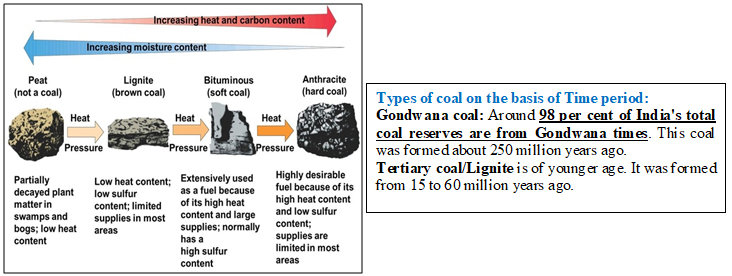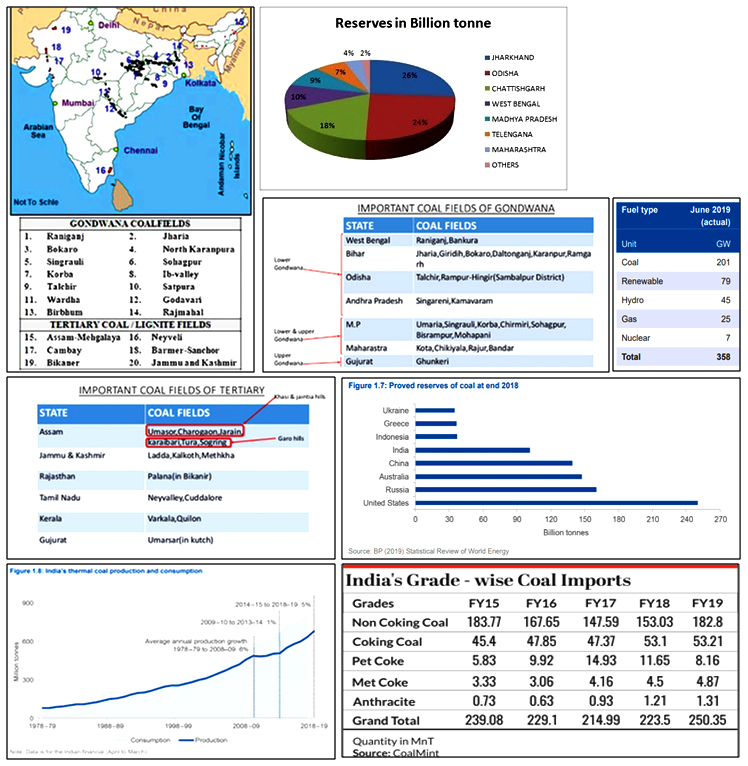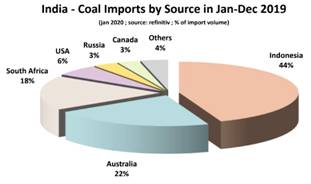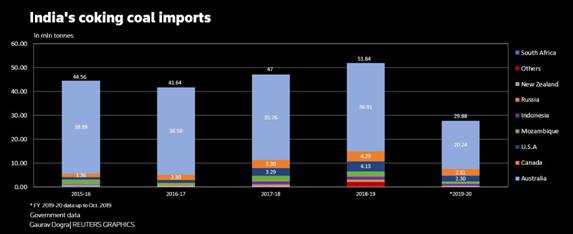



.jpg) Disclaimer: Copyright infringement not intended.
Disclaimer: Copyright infringement not intended.



 * Coking coal, is a grade of coal that can be used to produce good-quality coke. Coke is one of the key irreplaceable inputs for the production of steel. There are many varieties of coal in the world, ranging from brown coal or lignite to anthracite. Coke is produced by heating coking coals in a coke oven in a reducing atmosphere.
* Coking coal, is a grade of coal that can be used to produce good-quality coke. Coke is one of the key irreplaceable inputs for the production of steel. There are many varieties of coal in the world, ranging from brown coal or lignite to anthracite. Coke is produced by heating coking coals in a coke oven in a reducing atmosphere.
*Petroleum coke is a byproduct of the oil refining process.

Note: The Coal Industry in India was nationalized during 1972-73.
© 2024 iasgyan. All right reserved